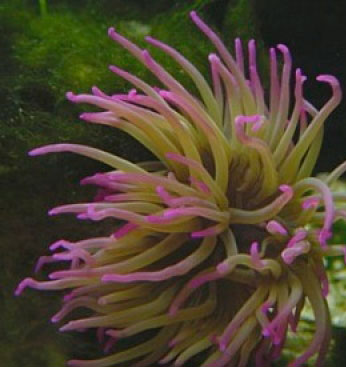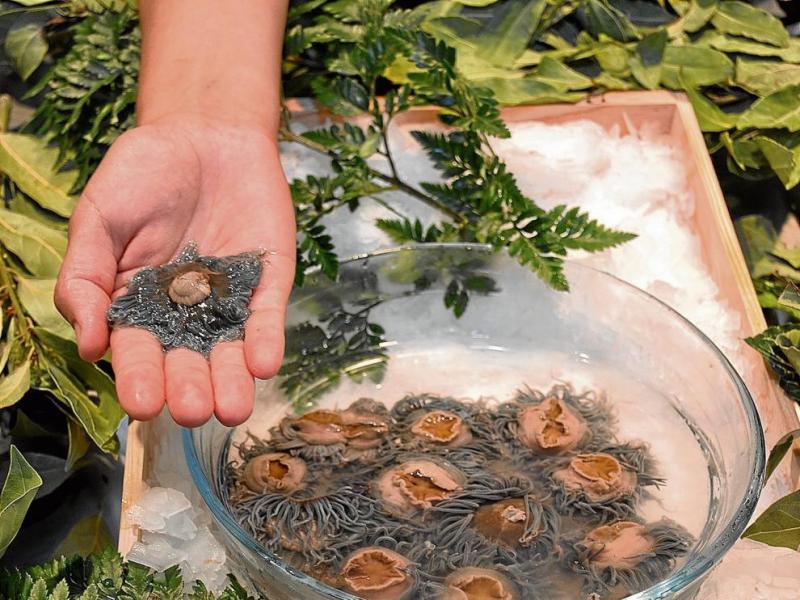The shores of Andalusia, Spain, are home to a culinary secret that has captivated the palates of adventurous eaters for generations. This dish, known as ortiguillas de mar, transforms a humble marine creature—the sea anemone—into a crispy, flavourful delicacy that is a true testament to the region's rich seafood tradition.

From the Sea Floor to the Frying Pan
Ortiguillas, scientifically known as Anemonia sulcata, are not plants as their appearance might suggest, but marine animals closely related to jellyfish and corals. Found clinging to rocks in the Mediterranean and Atlantic, these anemones use their vibrant green and purple tentacles, armed with stinging cells, to catch small prey. However, a simple preparation method renders them harmless and delicious.

Historically, ortiguillas were a food of necessity, consumed by coastal communities during the lean years of the Spanish post-war period. Over time, their unique flavour and texture elevated their status from a humble meal to a highly sought-after delicacy, celebrated in coastal towns, particularly in the Bay of Cadiz.
A Taste of the Ocean
The defining characteristic of ortiguillas is their intense and unforgettable flavour. Diners describe it as the concentrated essence of the sea, with a powerful taste that evokes shellfish, iodine, and fresh algae.
The texture is equally remarkable. The most common preparation involves a light batter or a dusting of flour before the anemones are deep-fried in hot olive oil. This process creates a delightful contrast between a crispy, golden-brown exterior and a soft, juicy, and creamy interior. This unique combination has earned them the affectionate nickname of "sea brains" among some gourmets.

The Art of Preparation
Harvesting ortiguillas is a delicate and time-consuming process, as they are hand-picked from their rocky homes by divers. Because they lose their freshness quickly, they are best enjoyed as close to their source as possible, making them a true regional speciality.
The preparation is simple yet crucial. The anemones are thoroughly cleaned and rinsed, sometimes steeped in vinegar to help remove any impurities and neutralise the stinging cells. They are then coated in a batter, often made from flour, and fried until golden. They are typically served as a simple tapa, allowing their powerful and singular flavour to take centre stage.

While frying is the most popular method, the versatility of ortiguillas has led chefs to incorporate them into other dishes, from enhancing the marine flavour of a rice dish to being a key ingredient in croquettes and scrambled eggs. Whether served on their own or as part of a more complex creation, ortiguillas de mar offer a delicious and unforgettable taste of Spain's coastal heritage.